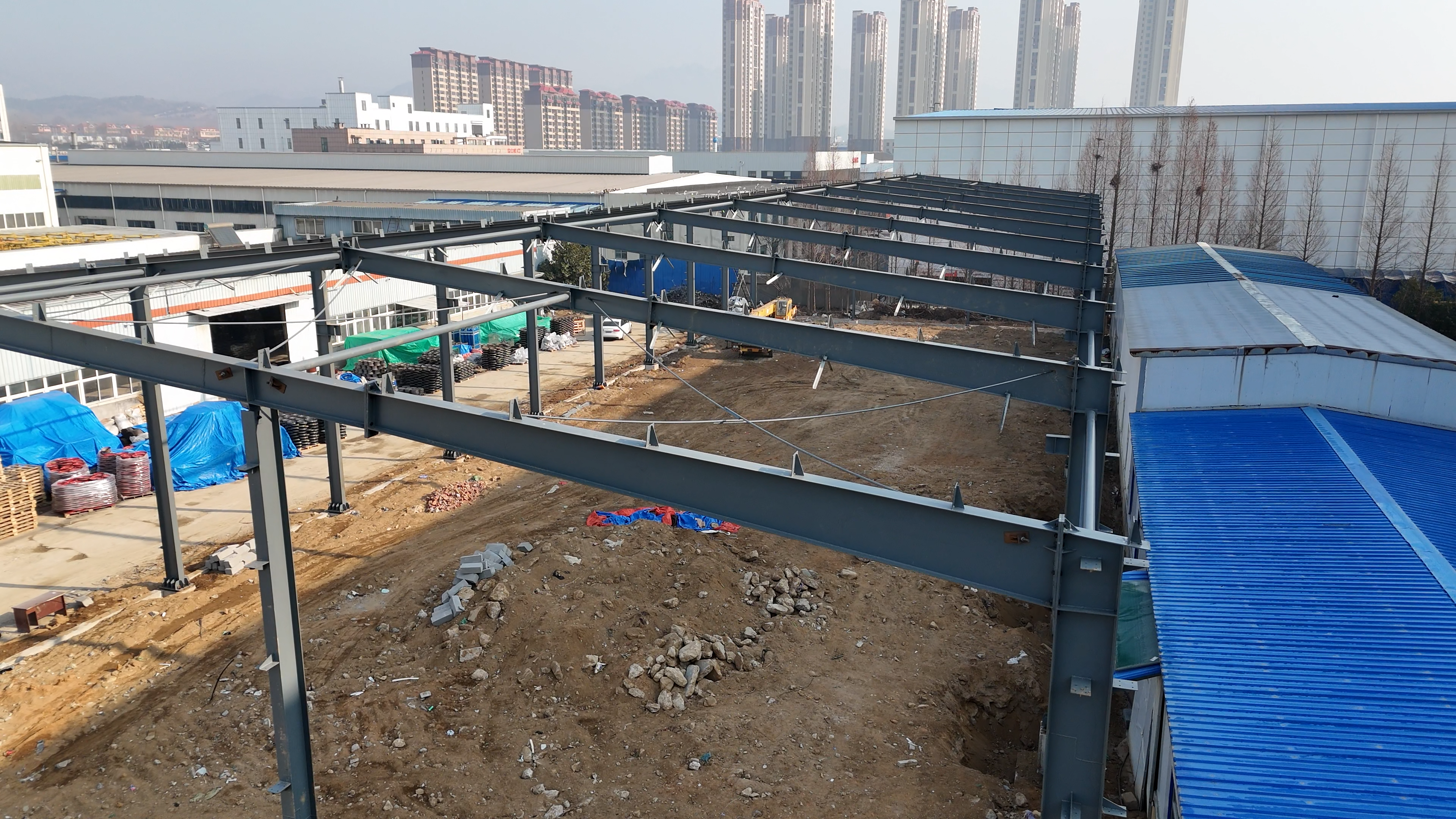Inhoudsopgave
Construction Period: Factors Affecting Timelines in Residential Building Projects
Residential construction projects can be complex and time-consuming endeavors, with many factors influencing the overall timeline of the project. One popular method of construction that has gained traction in recent years is the use of box houses. These prefabricated homes are built off-site and then assembled on the construction site, offering a faster and more efficient building process compared to traditional construction methods.
One of the key factors that can affect the construction period of a residential building project is the weather. Inclement weather conditions such as heavy rain or snow can delay construction work, causing setbacks in the overall timeline of the project. However, box houses are built in a controlled Environment, which means that weather conditions have less of an impact on the construction process. This can help to speed up the building process and reduce the overall construction period.
Another factor that can influence the construction period of a residential building project is the availability of materials and labor. Traditional construction methods often rely on sourcing materials and labor locally, which can Lead to delays if there are shortages or delays in delivery. In contrast, box houses are built using standardized materials and processes, which means that materials can be sourced from a wider range of suppliers and labor can be more easily coordinated. This can help to streamline the construction process and reduce the overall construction period.
Efficiency is another key consideration when it comes to the construction period of a residential building project. Traditional construction methods can be time-consuming and labor-intensive, with multiple tradespeople working on different aspects of the project simultaneously. This can lead to coordination issues and delays in the construction process. In contrast, box houses are built using a more streamlined and efficient process, with fewer tradespeople required and a more standardized construction process. This can help to speed up the building process and reduce the overall construction period.
In addition to these factors, the design and layout of a residential building project can also impact the construction period. Complex designs and custom features can add time to the construction process, as they require more detailed planning and coordination. Box houses, on the other hand, are often designed with efficiency in mind, with standardized layouts and features that can be easily replicated. This can help to speed up the building process and reduce the overall construction period.
Overall, the construction period of a residential building project can be influenced by a wide range of factors, from weather conditions to material availability to design complexity. Box houses offer a more efficient and streamlined construction process compared to traditional methods, which can help to reduce the overall construction period and deliver projects more quickly. By considering these factors and choosing the right construction method, Developers and homeowners can ensure that their residential building projects are completed on time and on budget.
Efficiency of Box House Design in Residential Construction: Pros and Cons
The construction period of a residential building is a crucial factor that can greatly impact the overall efficiency of the project. One design approach that has gained popularity in recent years is the box house design. This design concept focuses on creating a simple, box-like structure that is efficient to build and cost-effective. In this article, we will explore the construction period and efficiency of box house design in residential construction, highlighting the pros and cons of this approach.
One of the main advantages of the box house design is its simplicity and ease of construction. The basic box-like shape of the building allows for a streamlined construction process, with fewer complex angles and details to consider. This can significantly reduce the construction period, as the building can be erected quickly and efficiently. Additionally, the simplicity of the design can also lead to cost savings, as fewer materials and labor are required to build the structure.
Another benefit of the box house design is its flexibility and adaptability. The simple, modular nature of the design allows for easy customization and expansion. This can be particularly useful in residential construction, where homeowners may have specific needs or preferences that require modifications to the original design. With a box house, it is relatively easy to add on additional rooms or features, making it a versatile option for homeowners.
However, there are also some drawbacks to consider when it comes to the construction period and efficiency of box house design. One potential issue is the lack of architectural interest or uniqueness that can come with a simple box-like structure. While the design may be efficient and cost-effective, it may not have the same aesthetic appeal as more complex or custom-designed homes. This could be a concern for homeowners who value architectural style and individuality in their residential construction projects.

Additionally, the simplicity of the box house design may also limit the potential for energy efficiency and sustainability. While the basic structure of the building may be easy to construct, it may not incorporate the latest green building technologies or energy-efficient features. This could result in higher energy costs and environmental impact over the long term, which may be a consideration for homeowners looking to build a sustainable home.
In conclusion, the construction period and efficiency of box house design in residential construction have both pros and cons to consider. The simplicity and ease of construction of a box house can lead to cost savings and quick build times, making it an attractive option for many homeowners. However, the lack of architectural interest and potential limitations in energy efficiency may be drawbacks for some. Ultimately, the decision to use a box house design will depend on the specific needs and preferences of the homeowner, weighing the benefits and drawbacks of this approach in residential construction.

